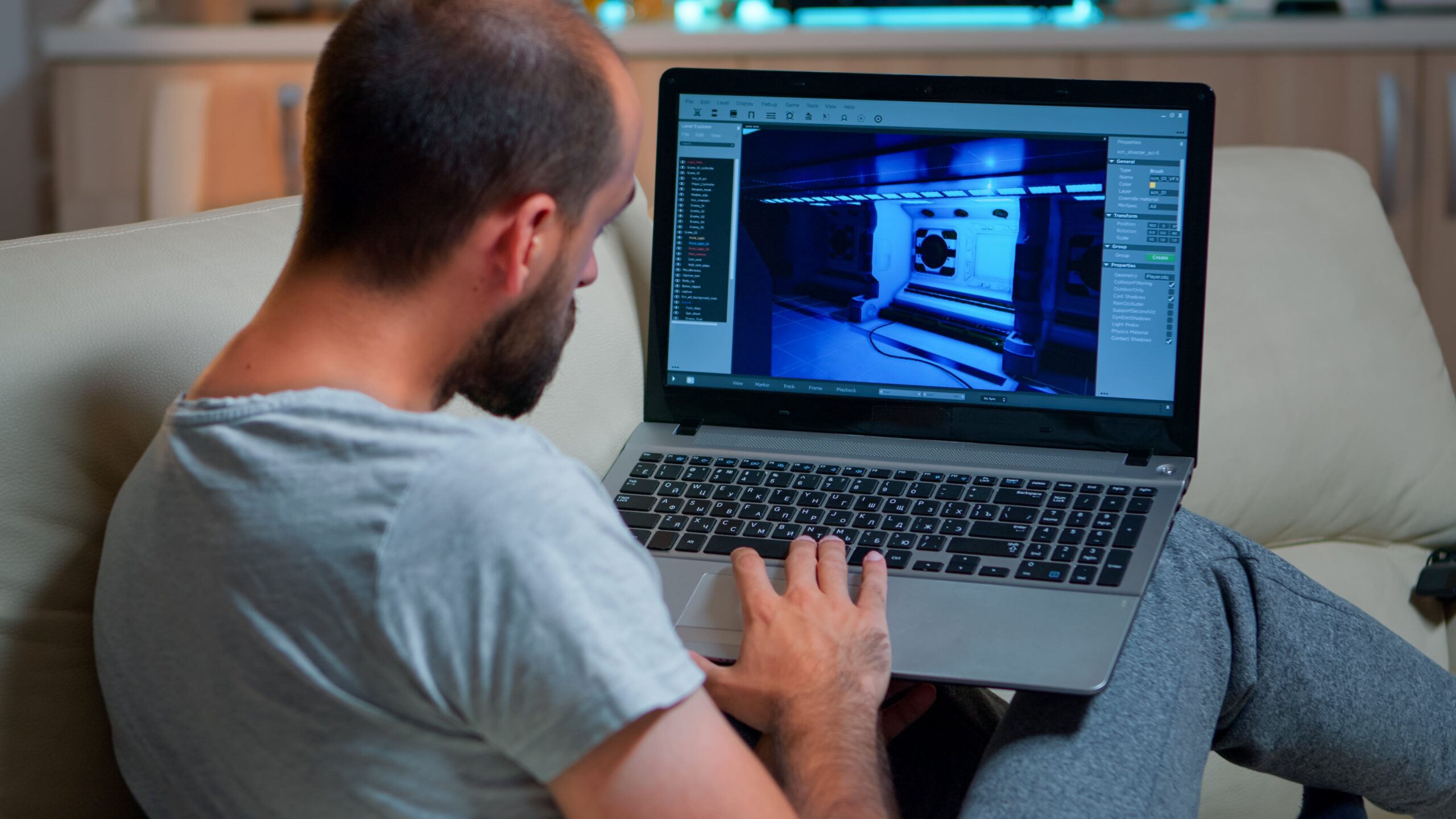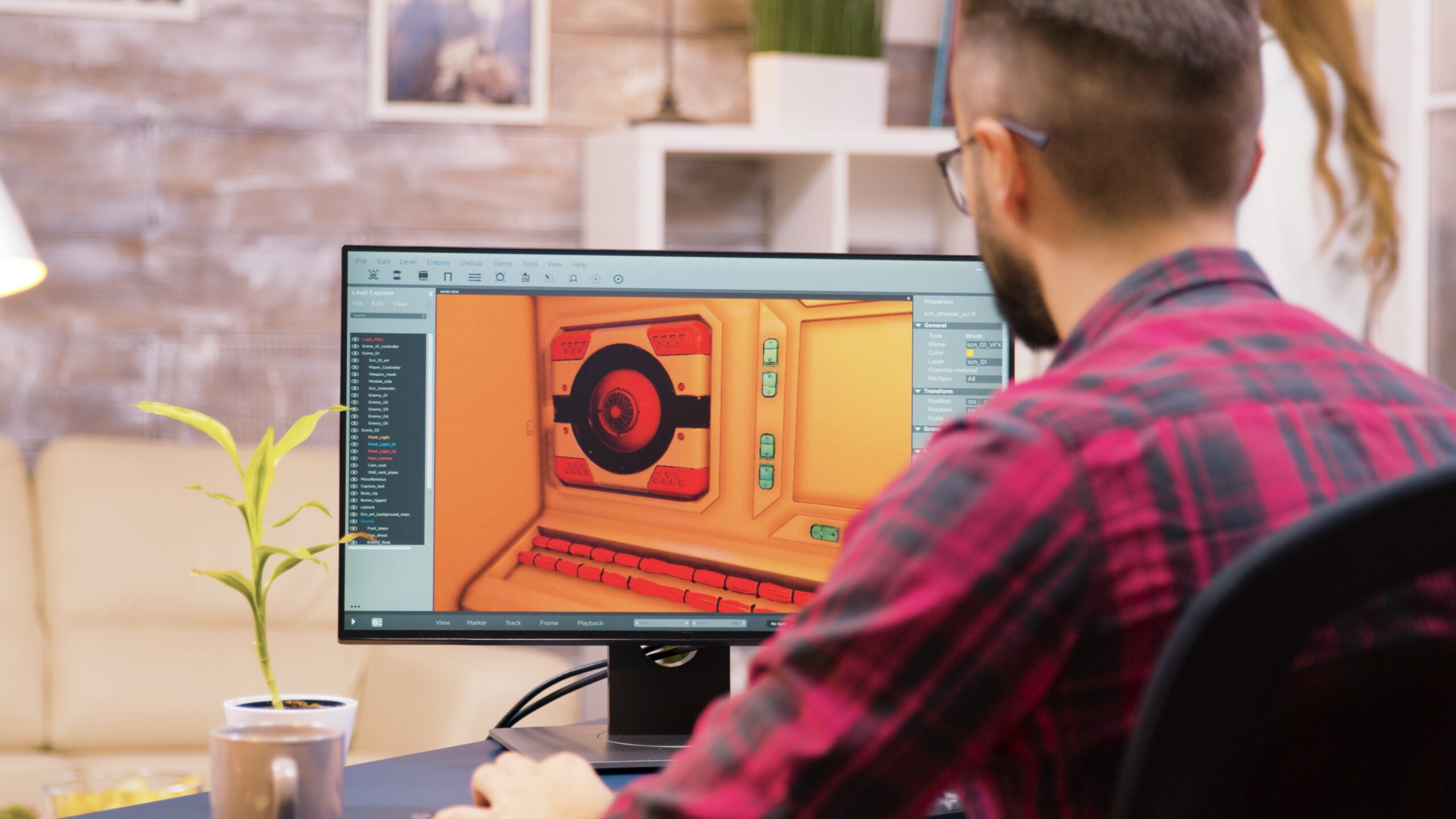Lighting plays a crucial role in animation, influencing the mood and atmosphere of a scene. It has the power to evoke emotions, set the tone, and create a visually stunning experience for viewers. In the world of animation, mastering lighting techniques can take your work to the next level and captivate your audience.
Understanding the impact of lighting on animation and implementing effective techniques can greatly enhance the overall quality of your projects.
In this article, we will explore the significance of lighting in animation and delve into various techniques that can help you enhance the mood and atmosphere in your animations.
Understanding the Importance of Lighting in Animation
Lighting is an essential component of animation that can significantly impact the storytelling and visual appeal of a project. It has the ability to convey emotions, create depth, and direct the viewer’s focus within a scene.
By manipulating light sources, shadows, and colors, animators can enhance the mood and atmosphere of their animations, bringing them to life in a more compelling way.
Types of Lighting in Animation
Various types of lighting techniques are used in animation to achieve different effects and convey specific moods. Some common types of lighting include:
- Key Light: The primary light source that illuminates the main subject in a scene.
- Fill Light: Used to soften shadows created by the key light and provide overall illumination.
- Backlight: Placed behind the subject to create separation and depth.
- Ambient Light: Simulates natural lighting conditions and sets the overall mood of the scene.
Color Temperature and Mood
The color temperature of light can have a profound impact on the mood and atmosphere of an animation. Warm colors like red, orange, and yellow can create a sense of warmth and intimacy, while cool colors like blue and green can evoke a feeling of calmness or mystery.
By understanding how different color temperatures influence emotions, animators can effectively use lighting to enhance the overall mood of their animations.
Creating Depth and Dimension
Effective lighting can add depth and dimension to a 2D or 3D animation, making the scenes more visually engaging and realistic. By using techniques such as ambient occlusion, volumetric lighting, and shadow mapping, animators can create a sense of space and realism in their animations, drawing viewers into the world they have created.
Emphasizing Emotions Through Lighting
Lighting can be used to emphasize emotions and enhance the storytelling in animation. By adjusting the intensity, direction, and color of light, animators can create dramatic effects that amplify the emotions of the characters and the overall narrative.
Whether it’s a suspenseful scene shrouded in darkness or a joyful moment bathed in warm light, lighting can help convey the intended emotions to the audience.
Utilizing Lighting Tools and Software
In the digital age, animators have access to a wide range of lighting tools and software that can streamline the process of lighting their animations. Programs like Autodesk Maya, Blender, and Adobe After Effects offer advanced lighting features that allow animators to control light sources, shadows, and reflections with precision. By mastering these tools, animators can achieve professional-quality lighting effects in their animations.
Experimentation and Practice
Like any skill in animation, mastering lighting techniques requires practice, experimentation, and continuous learning. By studying lighting in films, observing real-world lighting scenarios, and experimenting with different techniques in your own projects, you can develop a keen eye for lighting and enhance the mood and atmosphere of your animations.
Conclusion
The impact of lighting on animation is undeniable. By understanding the importance of lighting, exploring different techniques, and leveraging advanced tools and software, animators can enhance the mood and atmosphere of their animations, captivating audiences and bringing their creations to life in a more compelling way.
Key Takeaways:
- Lighting is a pivotal element in animation, shaping the mood and atmosphere of a scene and enhancing viewer engagement.
- Different types of lighting techniques, such as key light, fill light, backlight, and ambient light, can be utilized to create depth and convey specific emotions in animations.
- Understanding color temperature and its impact on mood can help animators effectively use lighting to evoke desired emotions in their work.
- Techniques like creating depth and dimension, emphasizing emotions, and utilizing advanced lighting tools and software can elevate the quality of animations.
- Continuous experimentation, practice, and learning are essential for mastering lighting techniques and enhancing the overall quality of animations.
Considering the significant impact of lighting on animation, animators looking to further develop their skills and knowledge in this area may benefit from exploring the NYU Animation Industry Essentials online course and certificate program offered by Yellowbrick.
This comprehensive program can provide valuable insights and practical techniques to enhance your animation projects and captivate your audience with visually compelling storytelling.




